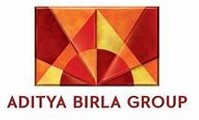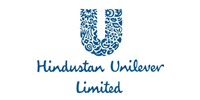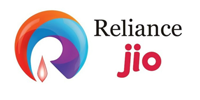BA Journalism and Mass Communication
Eligibility : 10+2 (in any stream) with minimum 55% marks
- Duration : 3 years
- Admission Criteria : CUET/ SAT/ Shoolini University's multiple choice entrance test, and faculty interaction
BA Journalism and Mass Communication is a three-year undergraduate course at Shoolini University that provides the skills required to pursue a career in reporting, journalism, advertising, news analysis, and public relations.
The course is offered by the School of Media and Communications at Shoolini. The director of the School is veteran & practising journalist Vipin Pubby. He comes with 40 years of experience and is a former Resident Editor of The Indian Express. Besides Pubby, the school's other director, Nishtha Shukla Anand, is a journalist with experience in India Today and Reuters. She is also the Director of Communications at Shoolini. The faculty also comprises experts from various new-age mediums such as radio, films, television, and digital media.
Specialisations
The curriculum is designed to provide students with a comprehensive understanding of the principles and practices of journalism. From the fundamentals of news gathering and reporting to the latest digital media tools and techniques, graduates are equipped with the skills needed to succeed in today's fast-paced media environment.
Shoolini believes in hands-on, experiential learning that prepares students for the real world of journalism. That's why Shoolini journalism students are actively involved in producing the Shoolini Newsletter, a monthly publication covering campus news and events. From conducting interviews to writing articles and designing layouts, students gain practical experience in every aspect of the editorial process.
In addition to print journalism, students can explore broadcast media through projects like Shoolini TV and Shoolini Samvad on YouTube. As part of these initiatives, graduates learn how to write and deliver news stories, produce video content, and work with industry-standard broadcasting equipment.
For those interested in radio broadcasting, Radio Shoolini offers a platform to showcase talents as an anchor and interviewer. Whether hosting entertainment shows or conducting interviews with campus guests, students have the opportunity to develop their on-air presence and communication skills.
Regularly, expert visiting faculty is invited to interact with students from various fields of communication such as advertising, PR, photography, graphic designing, and corporate communication. Students also visit newspaper offices and TV/Radio stations to get a feel of buzzing newsrooms. The school offers complete placement support for students who wish to pursue jobs in journalism & allied industries.
Internship Opportunities
Beyond the classroom, the School of Journalism offers a range of opportunities for internships and industry exposure. Shoolini journalism and media students have interned at leading media organisations such as News18 TV, ABP, News Nation TV, Punjab Kesari TV, PTC Group, Hindustan Times, Times of India, The Indian Express, The Tribune, Dainik Bhaskar, Amar Ujala, Fusion PR, Adfactor PR, i-Catchers PR, Bingo Media, and TechThirsty.com.
.jpg)
Mentorship Program
This unique Program brings together top-level executives, CEOs, CHROs, CLOs, and other country heads to provide invaluable career guidance and networking.
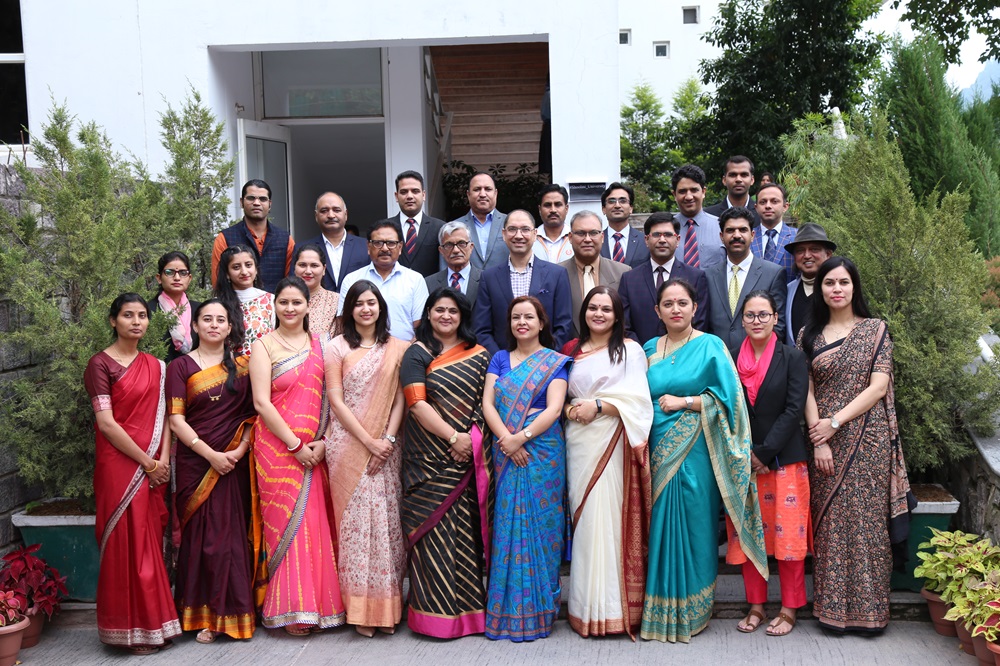
Top Faculty
Faculty members comprise industry heads and distinguished professors from McKinsey, ISB, NCI, NIH, Berkeley, UPenn, Columbia University, Stanford, Oxford.
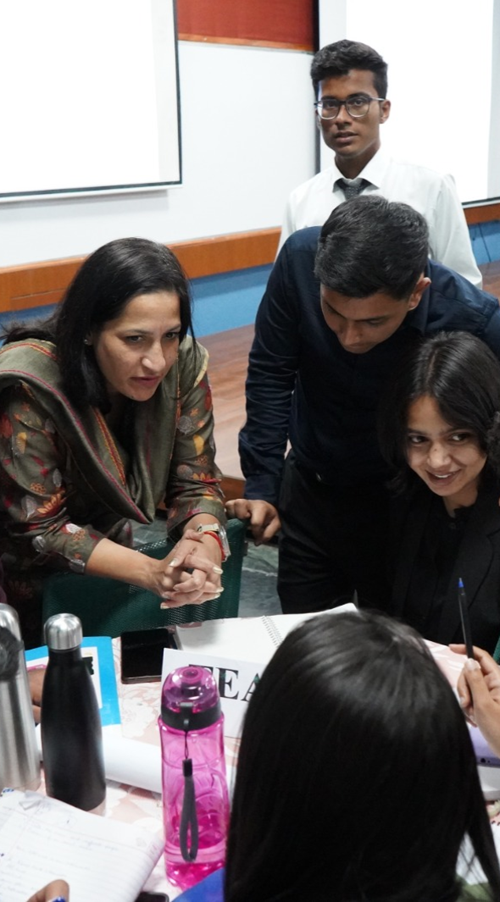
SPRINT: Skill Development
Stanford-Inspired Proprietary SPRINT (TM) Bootcamp enhances the management skills of students with hands-on training, workshops, and insights from global corporate experts.
VISION
Envisioning a future where our graduates lead and transform the media landscape, our program aspires to be a beacon of excellence in journalism and mass communication education. We aim to foster ethical, innovative, and skilled communicators who champion truth, diversity, and global understanding. Our commitment is towards nurturing critical thinkers and industry leaders who will contribute to a democratic and inclusive society. We strive to blend academic rigor with practical insights, setting new standards in media education. Our goal is to shape a media world that is more informed, responsible, and reflective of the diverse voices in our society
MISSION
MISSION1: Empowerment Through Knowledge and Narrative: This programme is dedicated to developing forward-thinking journalists and communicators who are committed to ethical reporting and innovative storytelling. We aim to equip students with critical thinking skills and advanced technical knowledge, enabling them to influence and inform society through powerful narratives
MISSION2: Championing Truth and Diversity: Our mission is to nurture journalist and mass communicators who champion truth, diversity, and inclusivity. We provide a dynamic learning environment that fosters investigative skills, cultural sensitivity, and a deep understanding of the media's role in shaping public discourse
MISSION3: Innovative Storytelling for a Changing World: We are committed to training the next generation of journalists and media professionals to excel in a rapidly evolving digital landscape. Our focus is on innovative storytelling techniques, mastery of digital platforms, and a strong foundation in ethical journalism practices
MISSION4: Building Media Leaders: Our programme focuses on creating leaders in journalism and mass communication. We emphasise cross-cultural communication, global media trends, and the development of a strong ethical compass, preparing students to make impactful contributions on the world stage
PROGRAM EDUCATIONAL OBJECTIVE
- PEO-1: Develop Ethical and Responsible Journalists: Graduates will demonstrate the highest standards of ethical journalism, showing integrity, accountability, and a commitment to truth and fairness. They will be equipped to tackle ethical dilemmas in media, ensuring responsible reporting and adherence to journalistic principles, both in Indian and global contexts
- PEO-2: Promote Innovation and Diverse Media Skills: Graduates will exhibit proficiency in a wide range of media skills, including digital media, print journalism, broadcasting, and new media technologies. They will be innovative content creators and communicators who can effectively engage with diverse audiences
- PEO-3: Bridge Academic Knowledge with Industry Practices: Graduates will demonstrate a strong foundation in theoretical knowledge alongside practical skills gained through hands-on experiences and industry partnerships. They will be adept at applying academic concepts to real-world media scenarios, showing competence in various roles such as reporting, editing, public relations, and media management
- PEO-4: Foster Global Media Perspectives and Cross-Cultural Competency: Graduates will possess a global outlook on media and communication, understanding the nuances of international journalism and cross-cultural communication. They will be prepared to work in diverse international settings, contributing to global media discourse, and promoting cross-cultural understanding through their work
PROGRAM OUTCOME OR PROGRAM SPECIFIC OUTCOME
- PO-1: Critical Thinking: Act in a well-thought-out way by first recognizing the assumptions that form the basis of our thoughts and actions, then checking the extent to which these assumptions are correct and valid, and then evaluating our ideas, organizational choices, and individual actions from a variety of angles
- PO-2: Effective Communication: Learn to speak, read, write, and listen clearly in English and Hindi, both in person and through electronic media, and connect people, ideas, books, media, and technology to make sense of the world
- PO-3: Social Interaction: Elicit views of others, to mediate arguments, and to provide assistance in coming to a decision.
- PO-4: Effective Citizenship: Show social concern and a focus on equity in national development, as well as the ability to act on issues with knowledge and to take part in civic life by volunteering.
- PO-5: Ethics: Recognize different value systems, including your own, understand the moral implications of your choices, and take responsibility for them
- PO-6: Environment and Sustainability: Gain an understanding of the environmental conditions and concerns surrounding sustainable development
- PO-7: Self-directed and Life-long Learning: Acquire the ability to engage in independent and life-long learning in the broadest context socio-technological changes
- PO-8: Modern tool usage: Demonstrate skilled usage of modern tools and techniques to effectively communicate with masses
BA Journalism and Mass Communication Career Opportunities
- Electronic Media (TV and Radio)
- Advertising Industry
- Digital Media
- Public Relations
- Print Media
- Research
|
|
|
|



Program Details
Top Faculty
Top Campus Recruiters
Some of the major companies that visit our campus and hire our graduates are:
Frequently Asked Questions
Latest Blogs
Explore the latest insights and updates in our newest Shoolini University blogs!
Still have Queries? Contact Us
Please fill in the form and an expert from the admissions office will call you in the next 4 working hours.

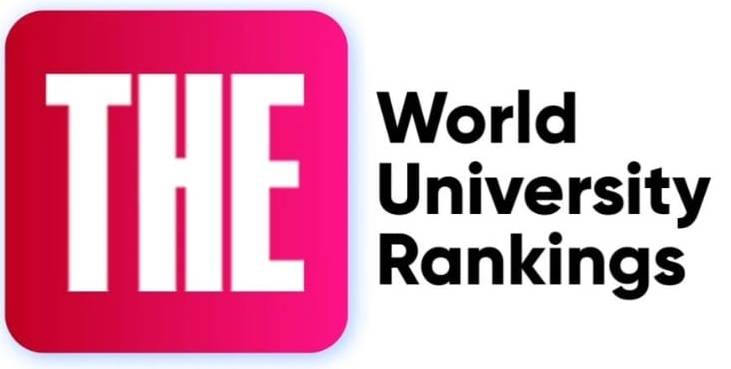





.jpg)
.png)

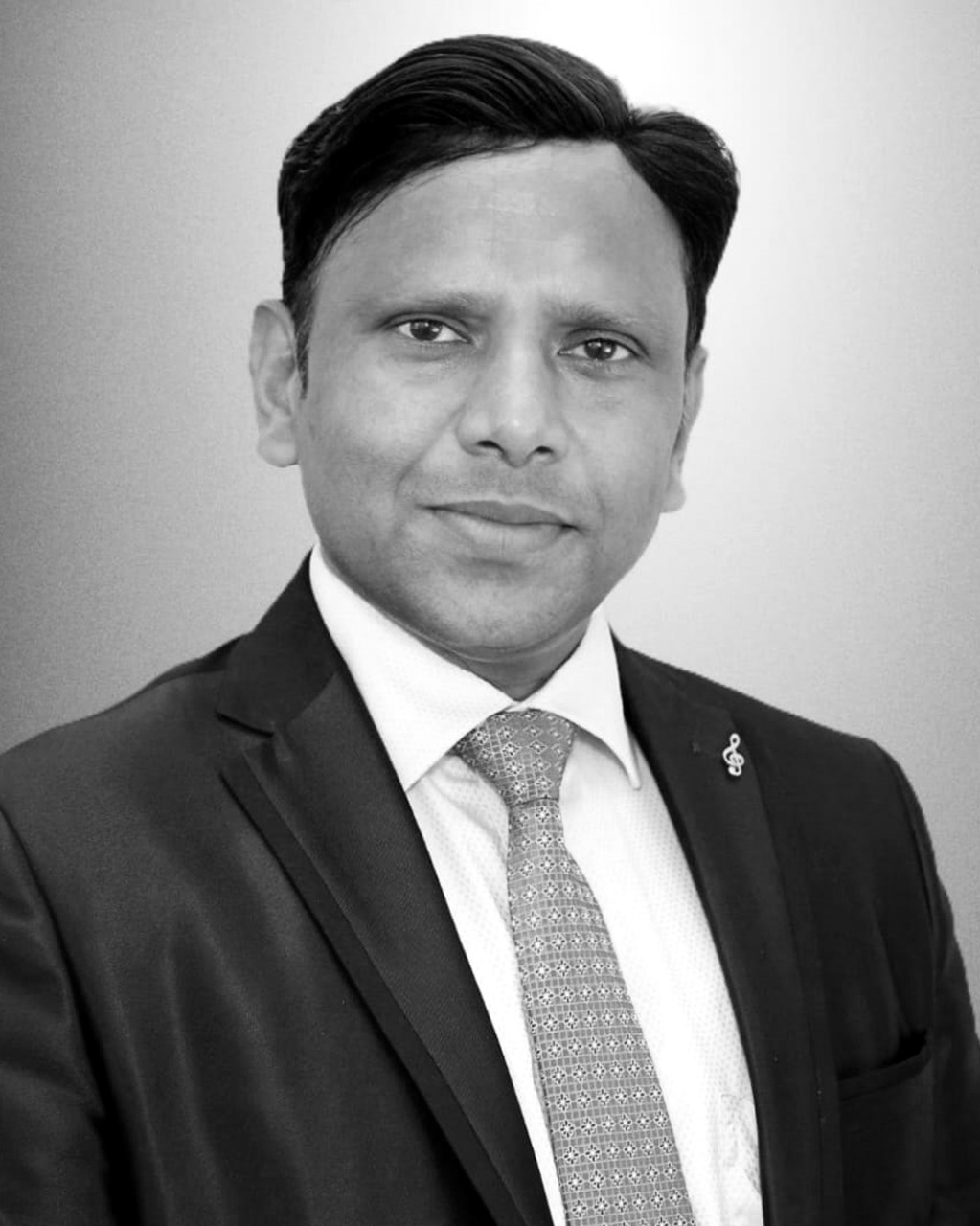
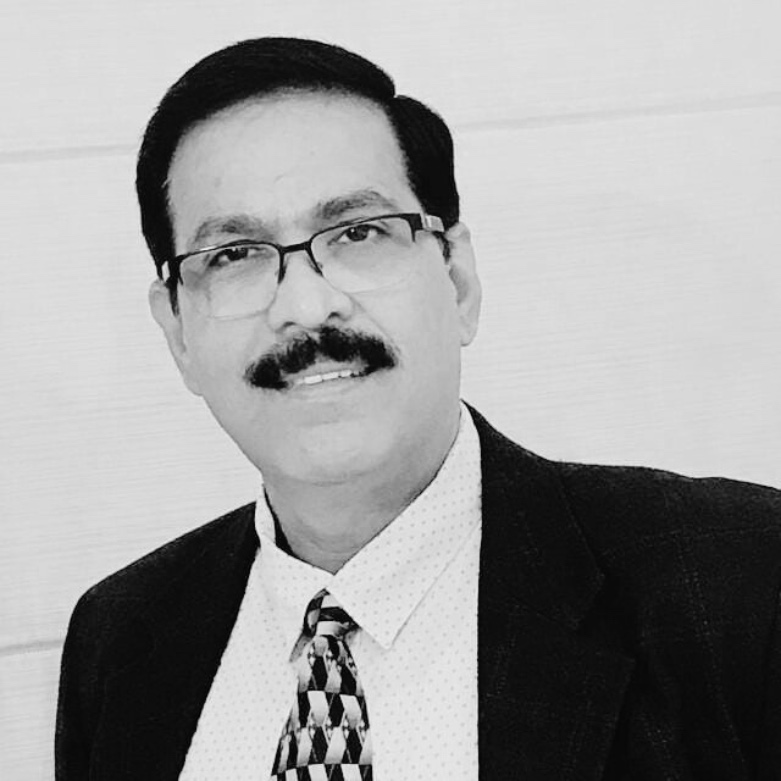
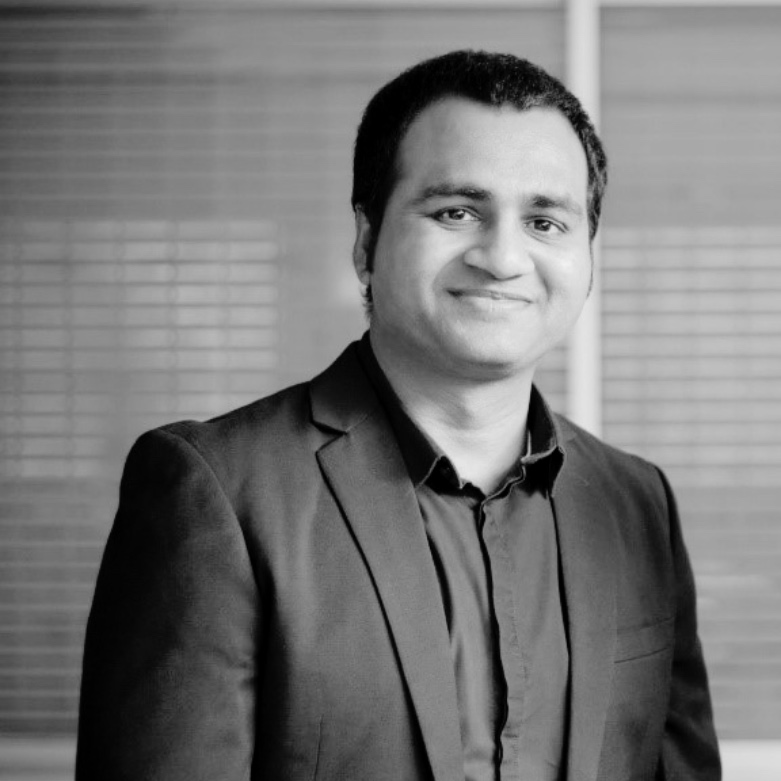
.JPG)
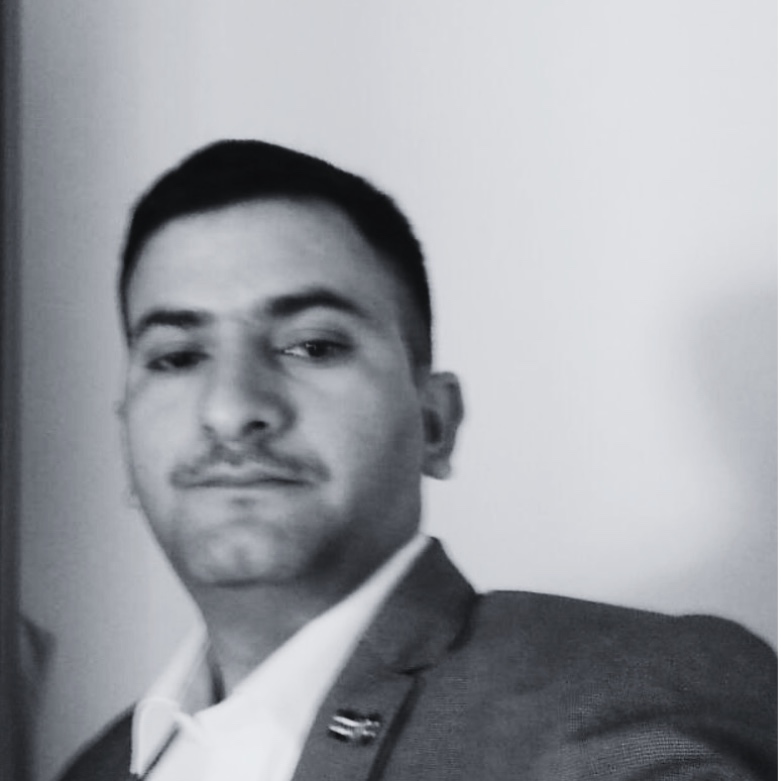
.JPG)
.JPG)

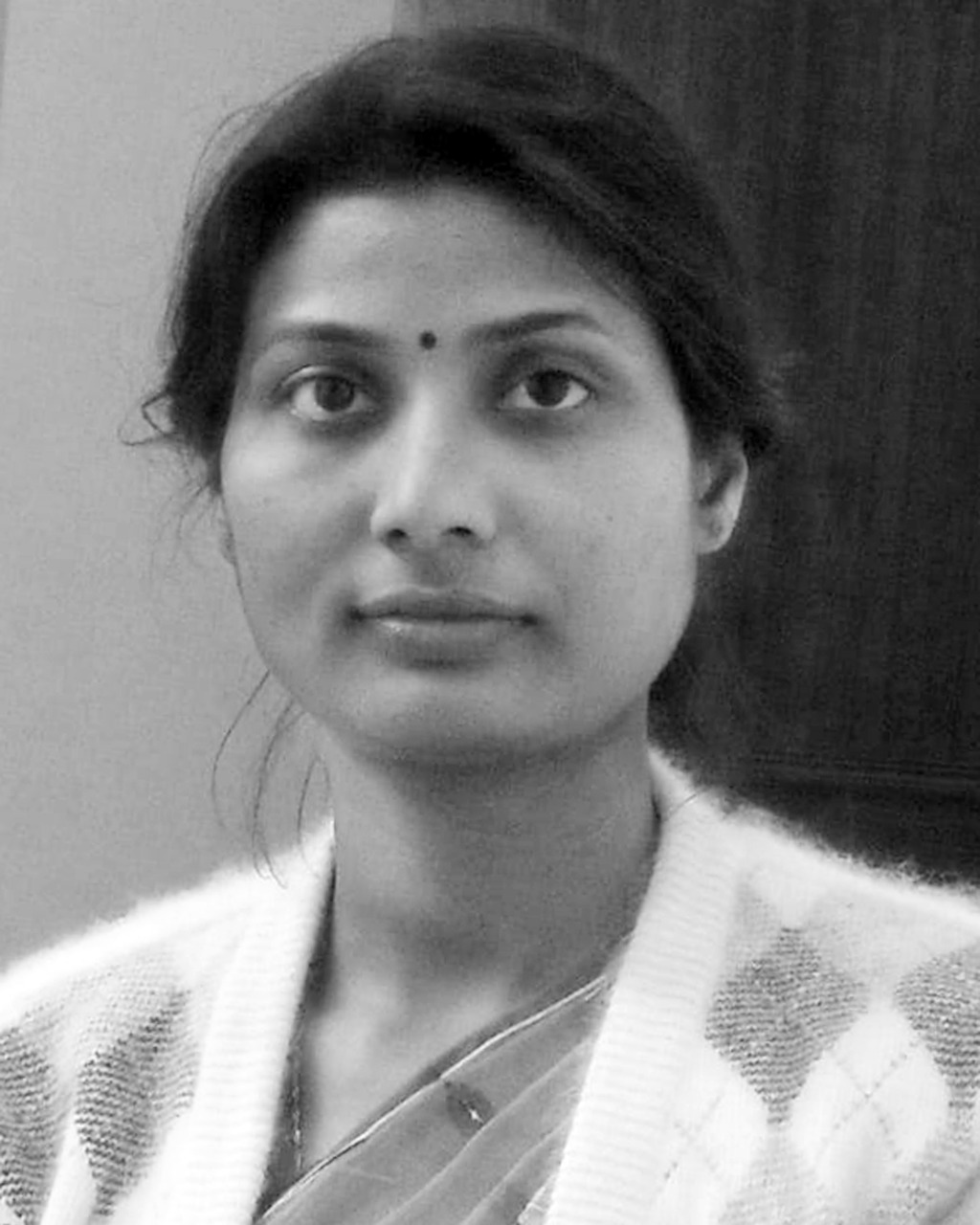
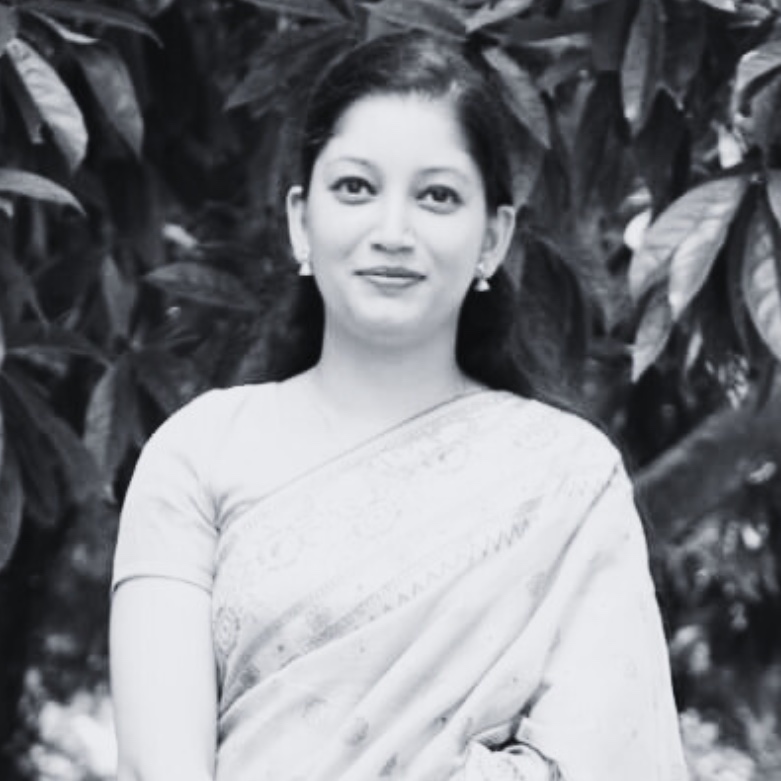






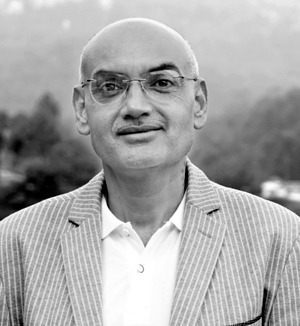

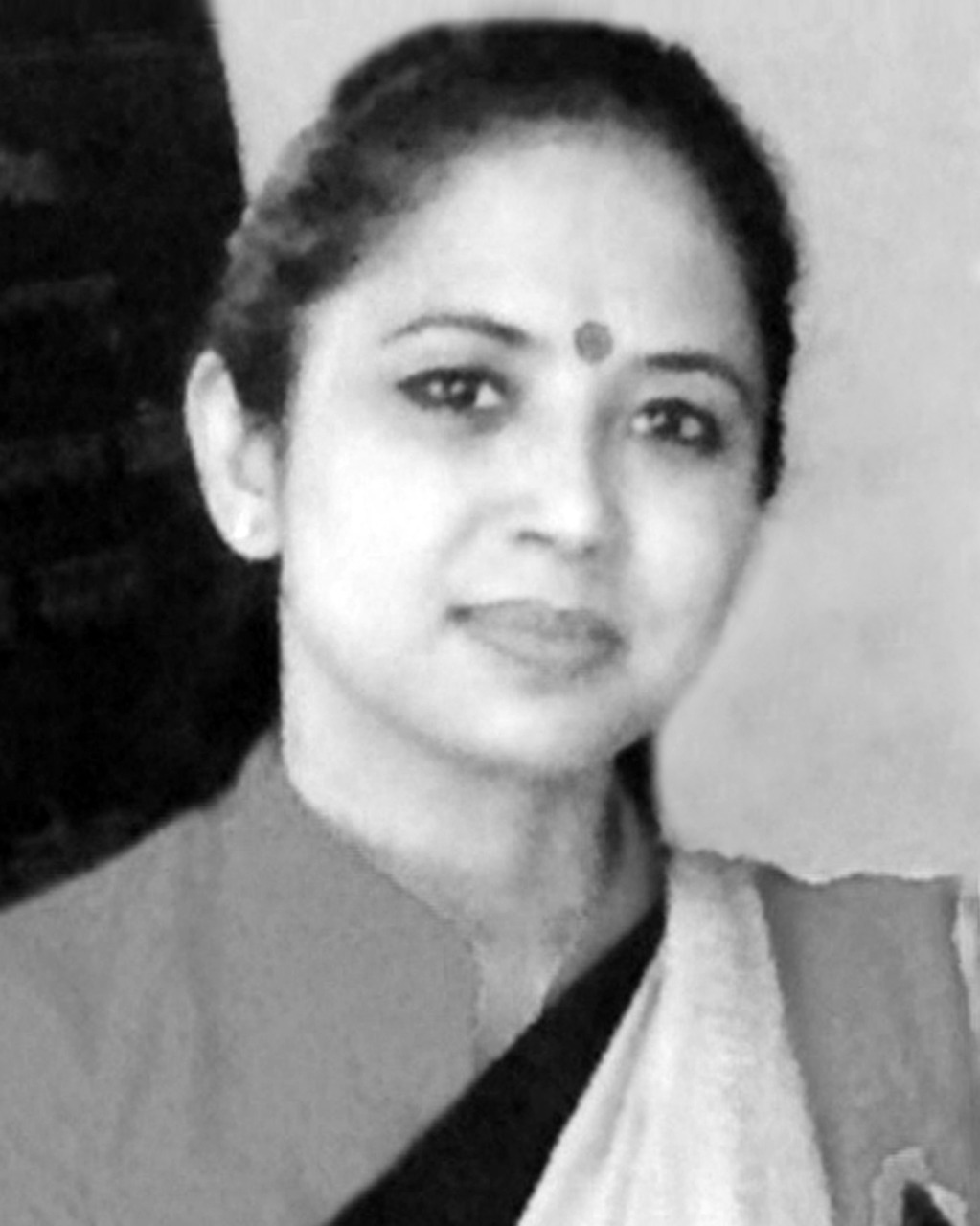
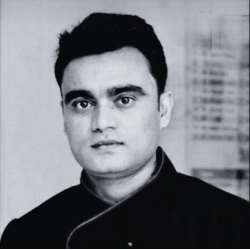



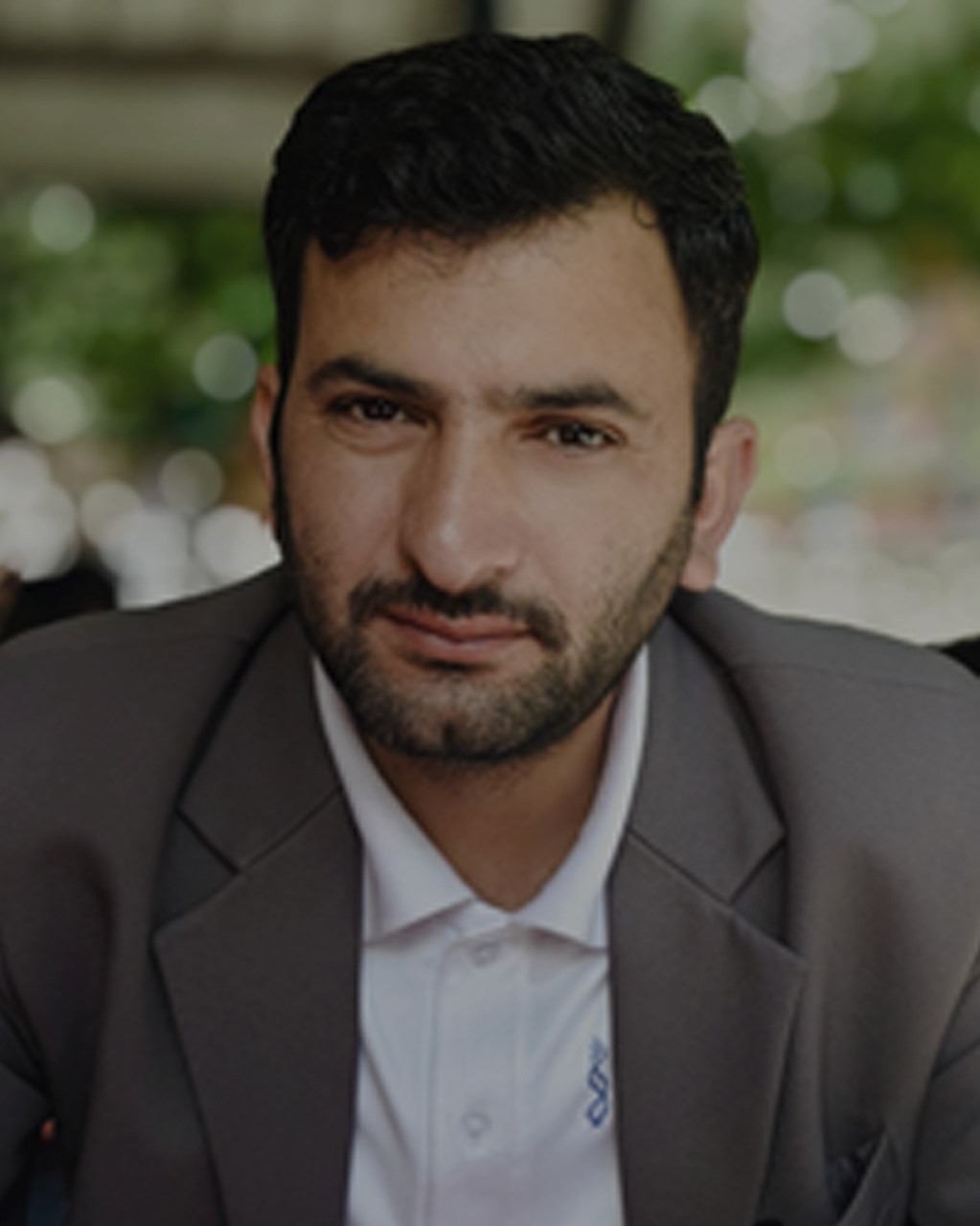

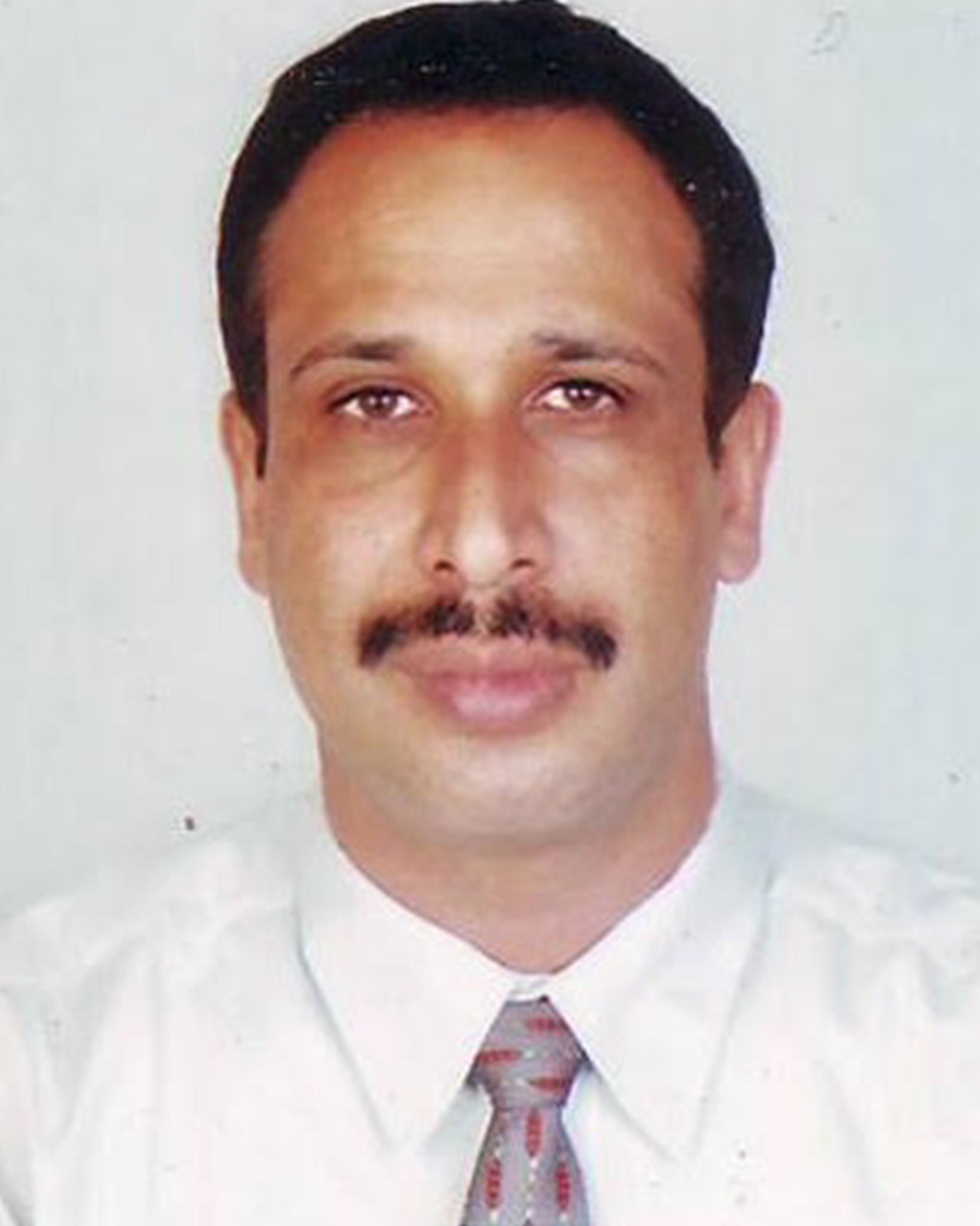


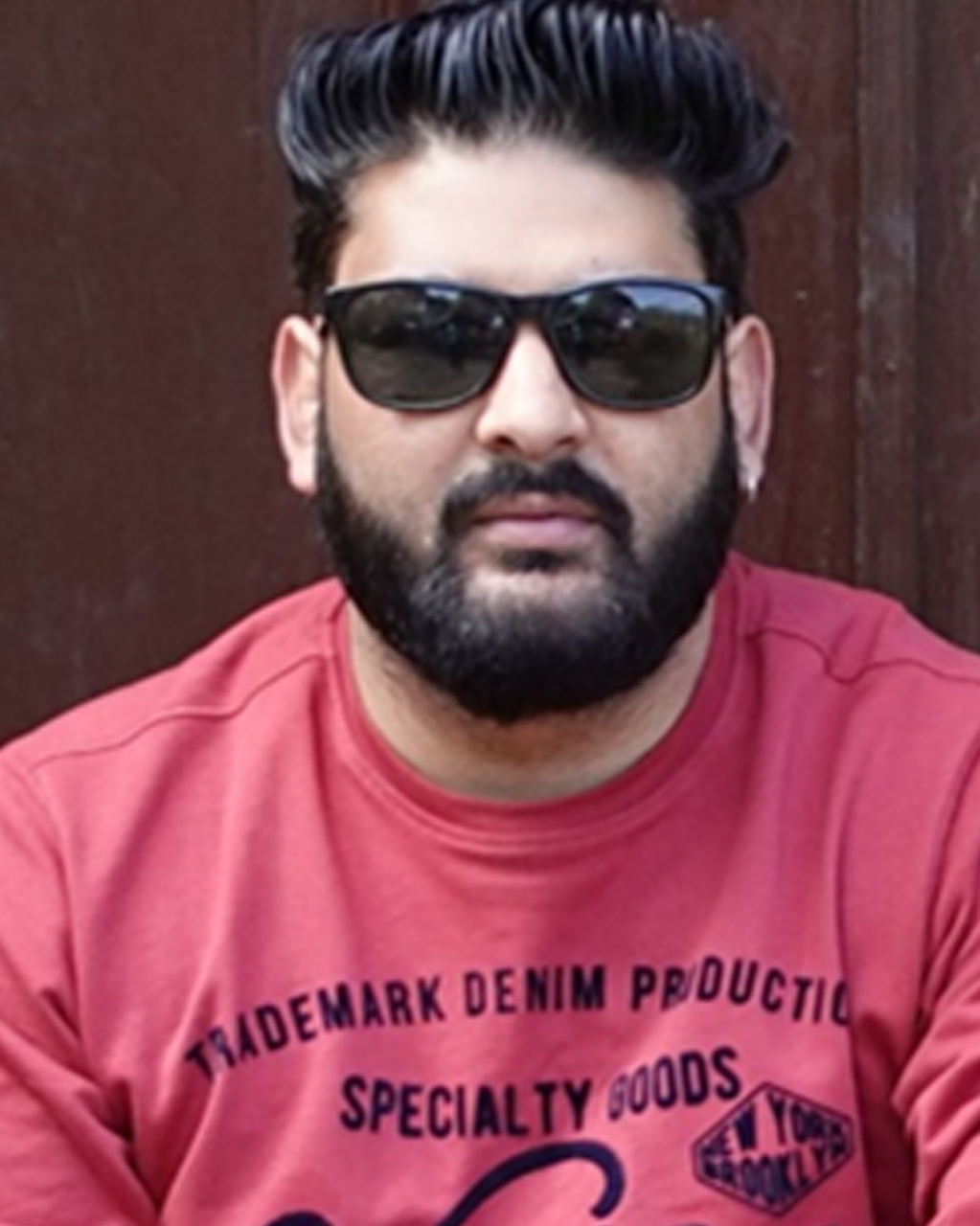




.png)



.png)

.png)
